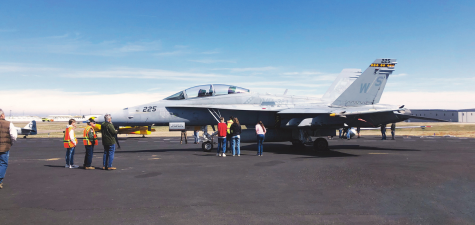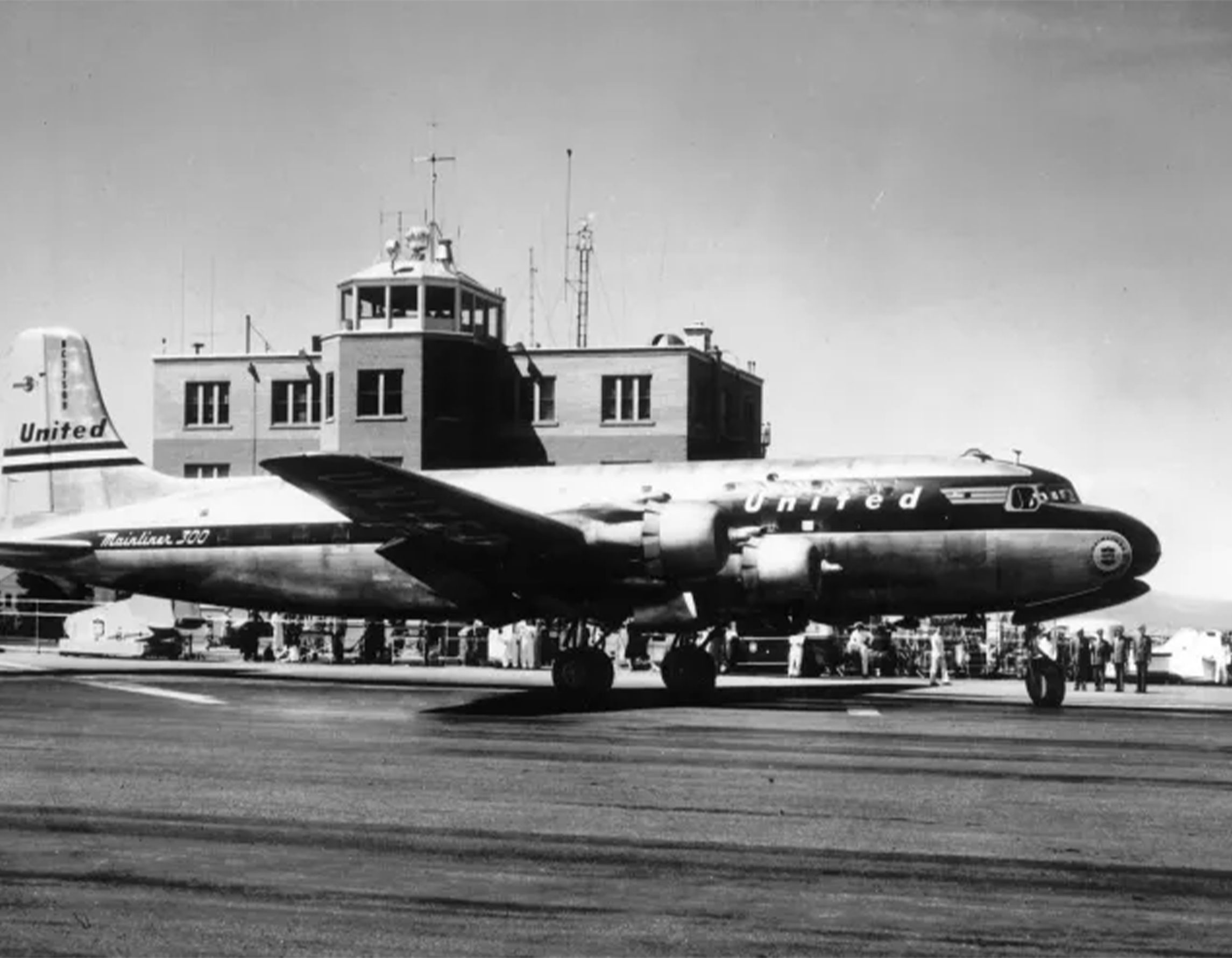
Speaker Series: Commercial Aviation in Colorado
Exploration of Flight (Centennial Airport)Join us at Exploration of Flight as we honor the first commercial passenger flight that…

Join us at Exploration of Flight as we honor the first commercial passenger flight that…
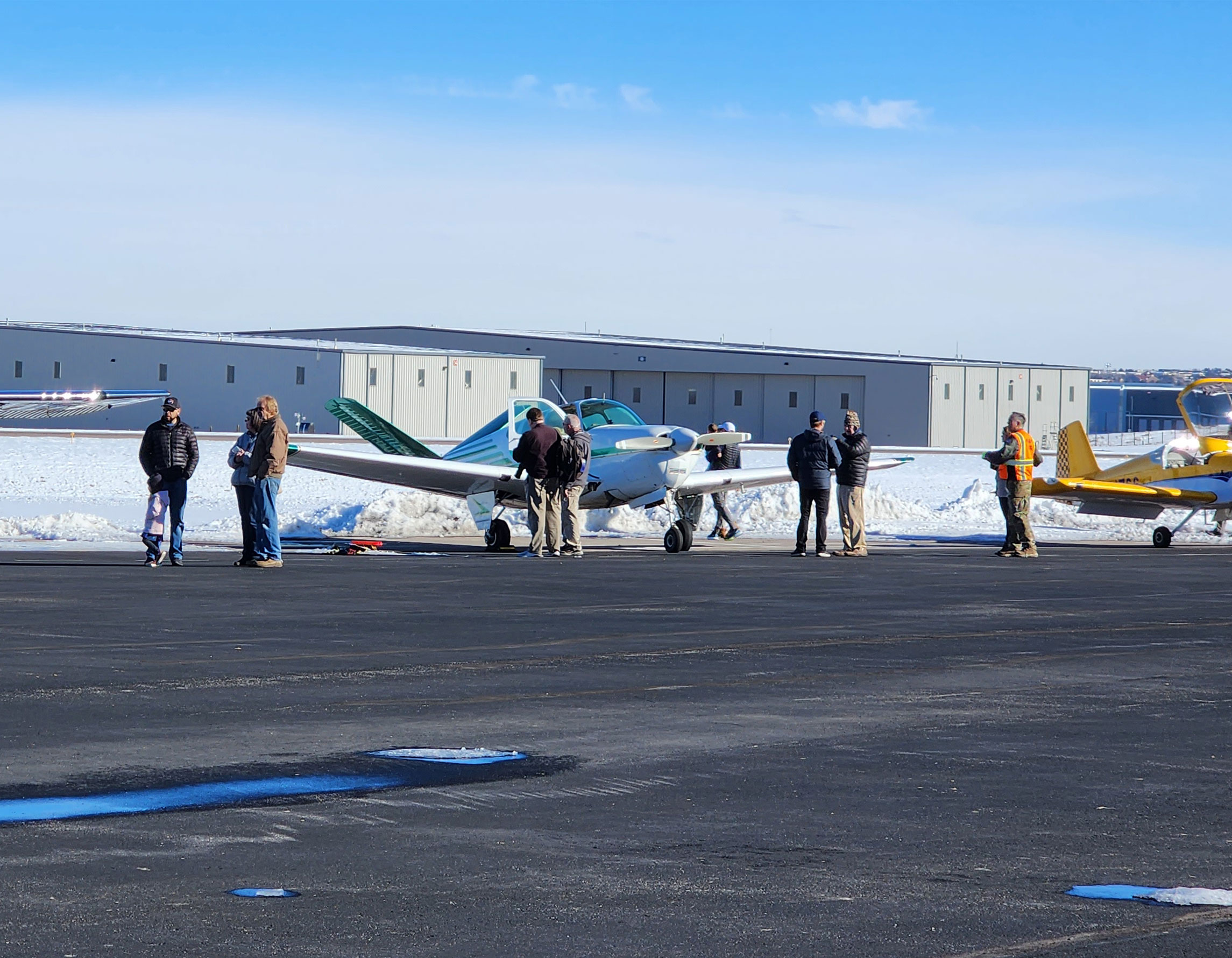
Join Wings Over the Rockies Exploration of Flight for monthly fly-ins featuring planes, pilots, speakers…
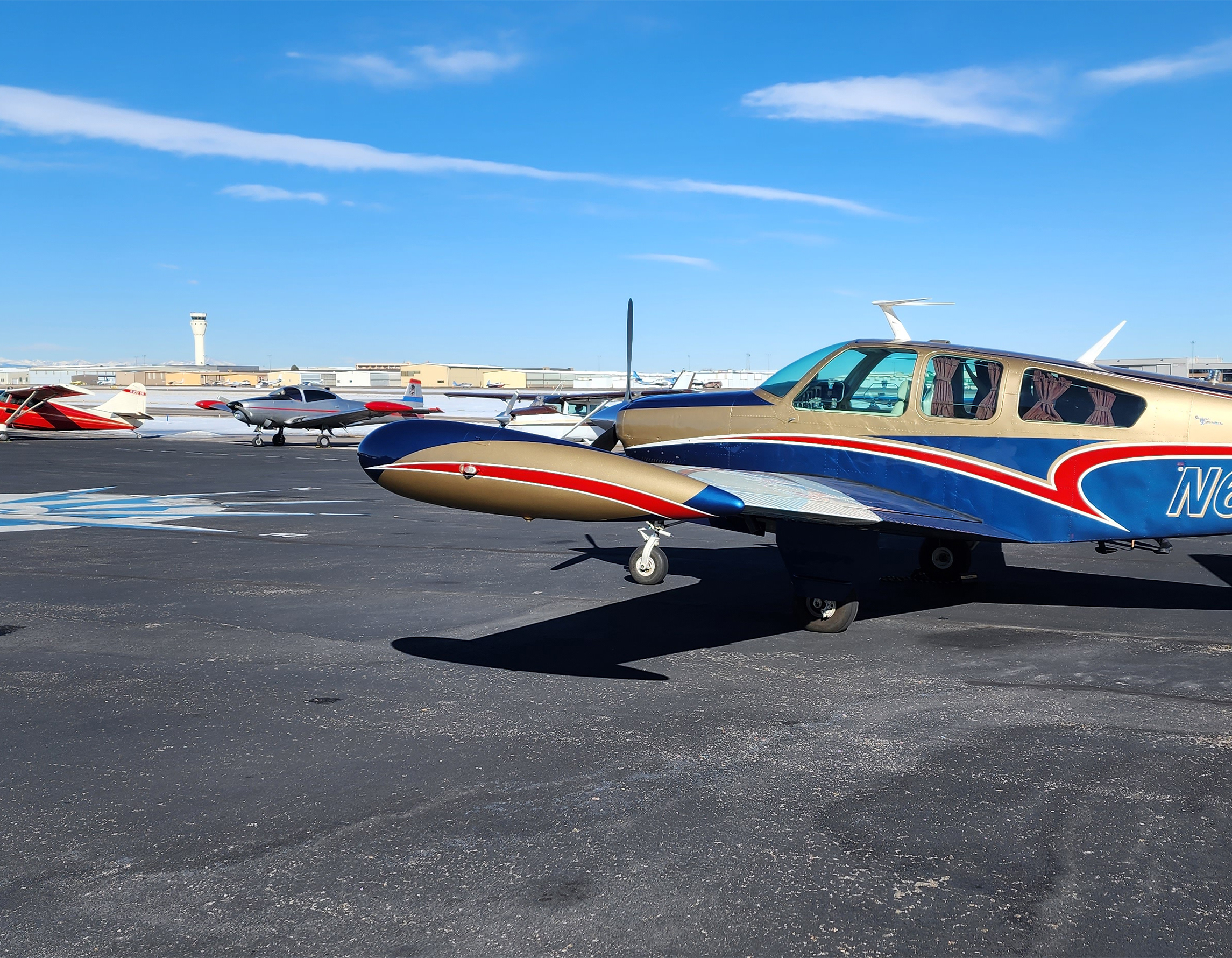
Join Wings Over the Rockies Exploration of Flight for monthly fly-ins featuring planes, pilots, speakers…
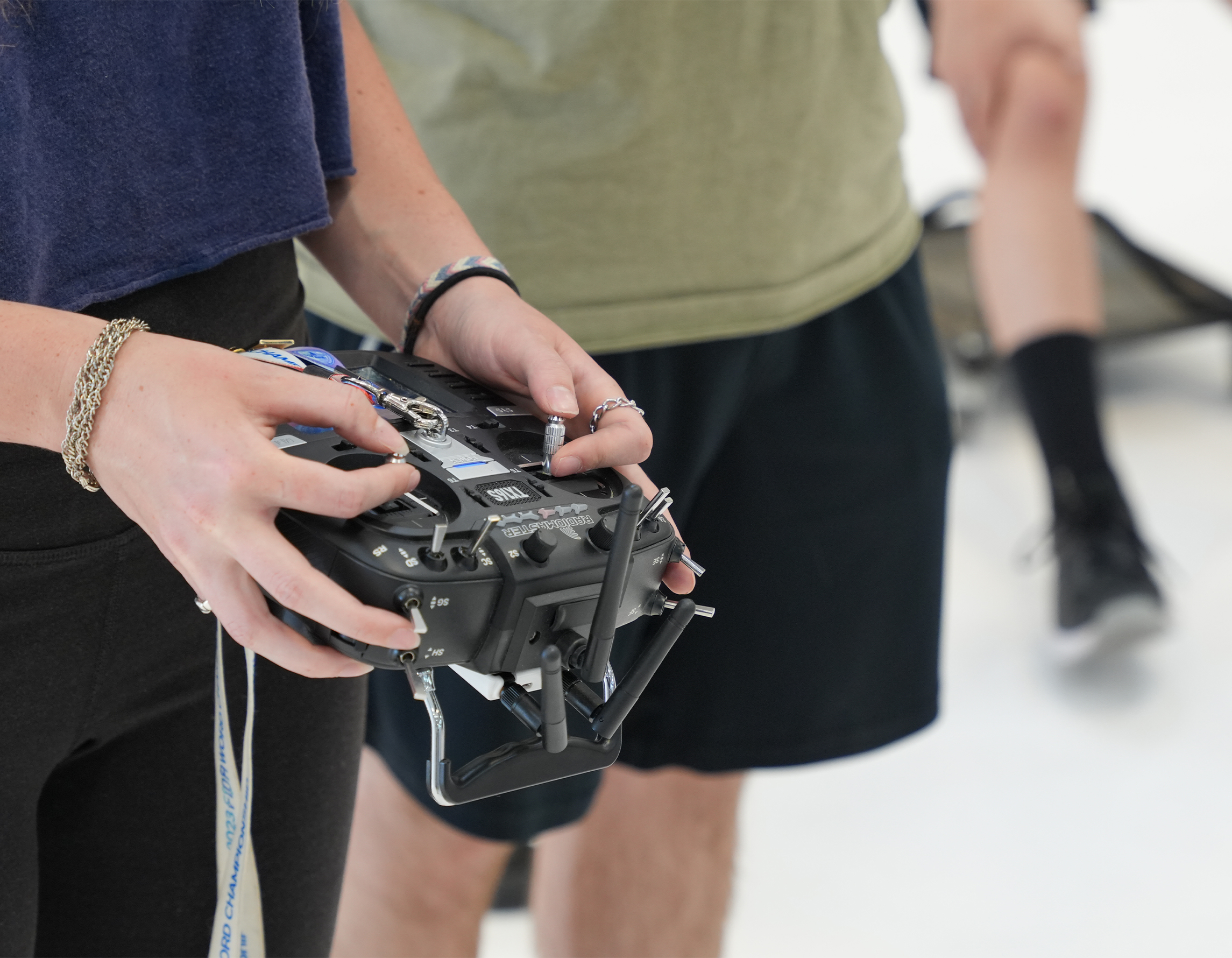
Join us at Exploration of Flight and unleash your passion for drones! Watch fascinating live…
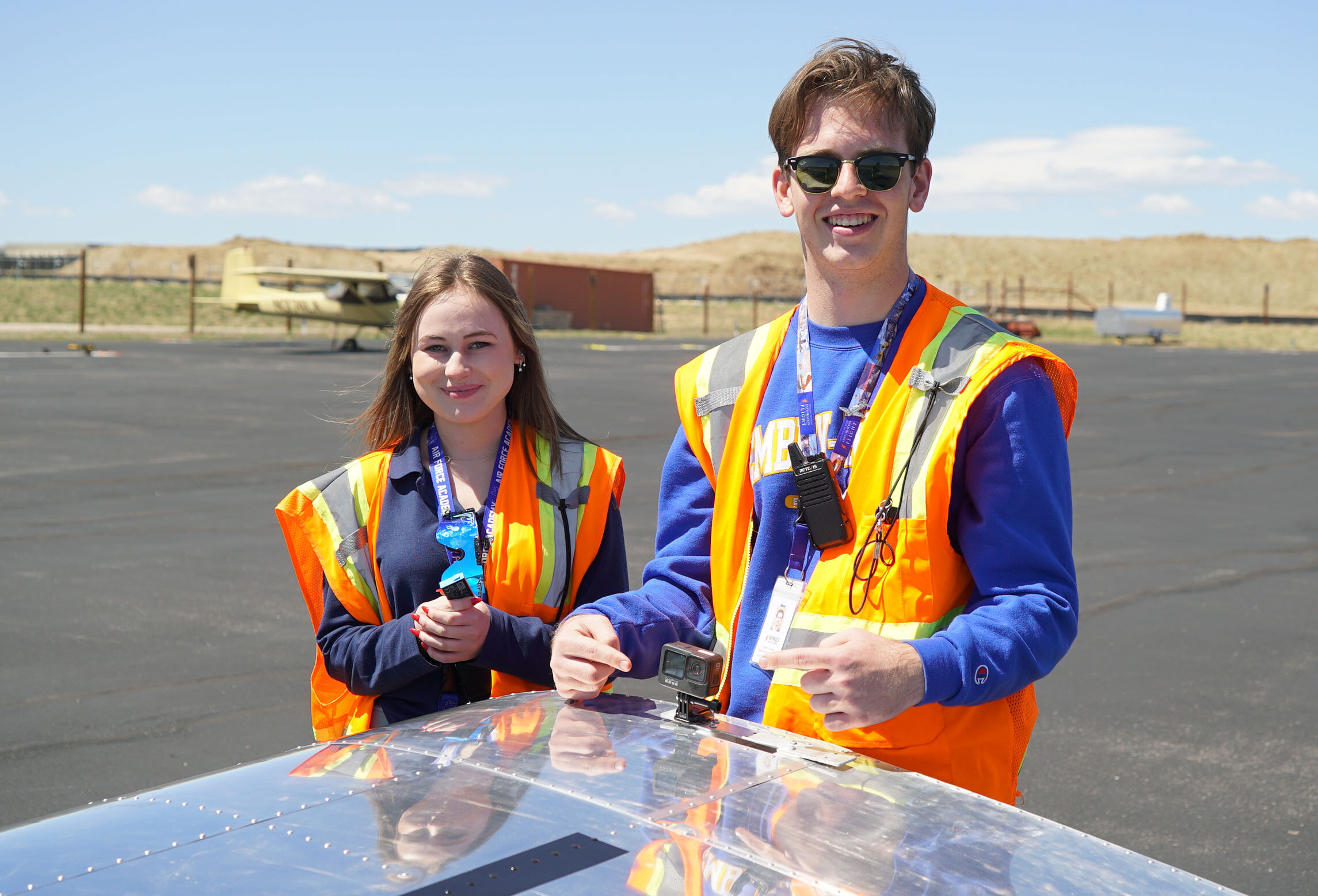
Full STEAM Ahead - Immerse Your Student into Aerospace! Join us for an informational session…
Exploration of Flight at Centennial Airport is closed Friday, February 28, 2025 for a private…
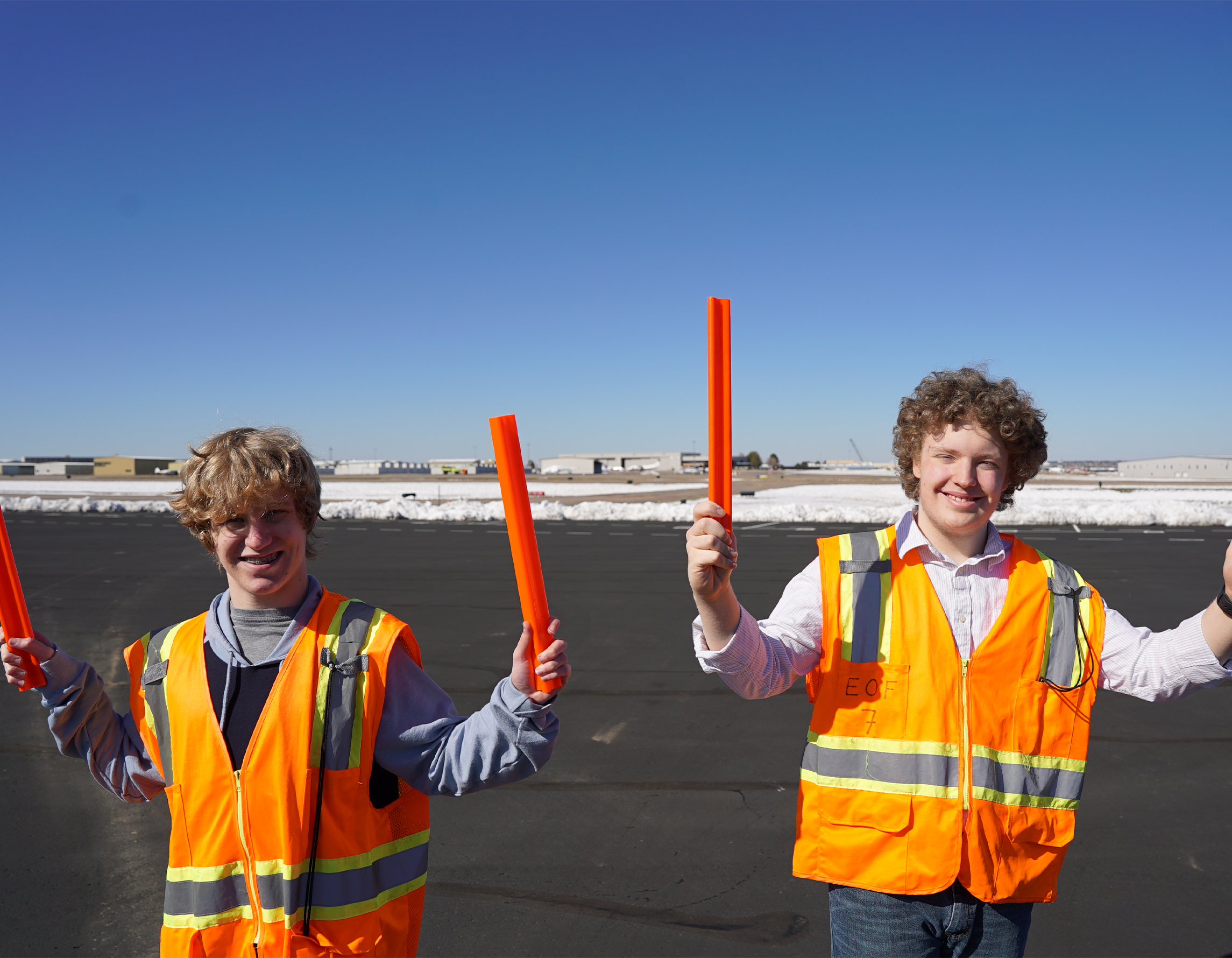
Are you ready to begin flight training? Private Pilot Ground School is a comprehensive course…
Exploration of Flight at Centennial Airport is closed Monday, March 3, 2025 for a private…

Join Wings Over the Rockies Exploration of Flight for monthly fly-ins featuring planes, pilots, speakers…

Join us at Exploration of Flight for Young Aviators' Day, where big dreams take flight!…

Jump into spring with a showcase of parachutes, balloons, paramotors and more! Wings Over the…
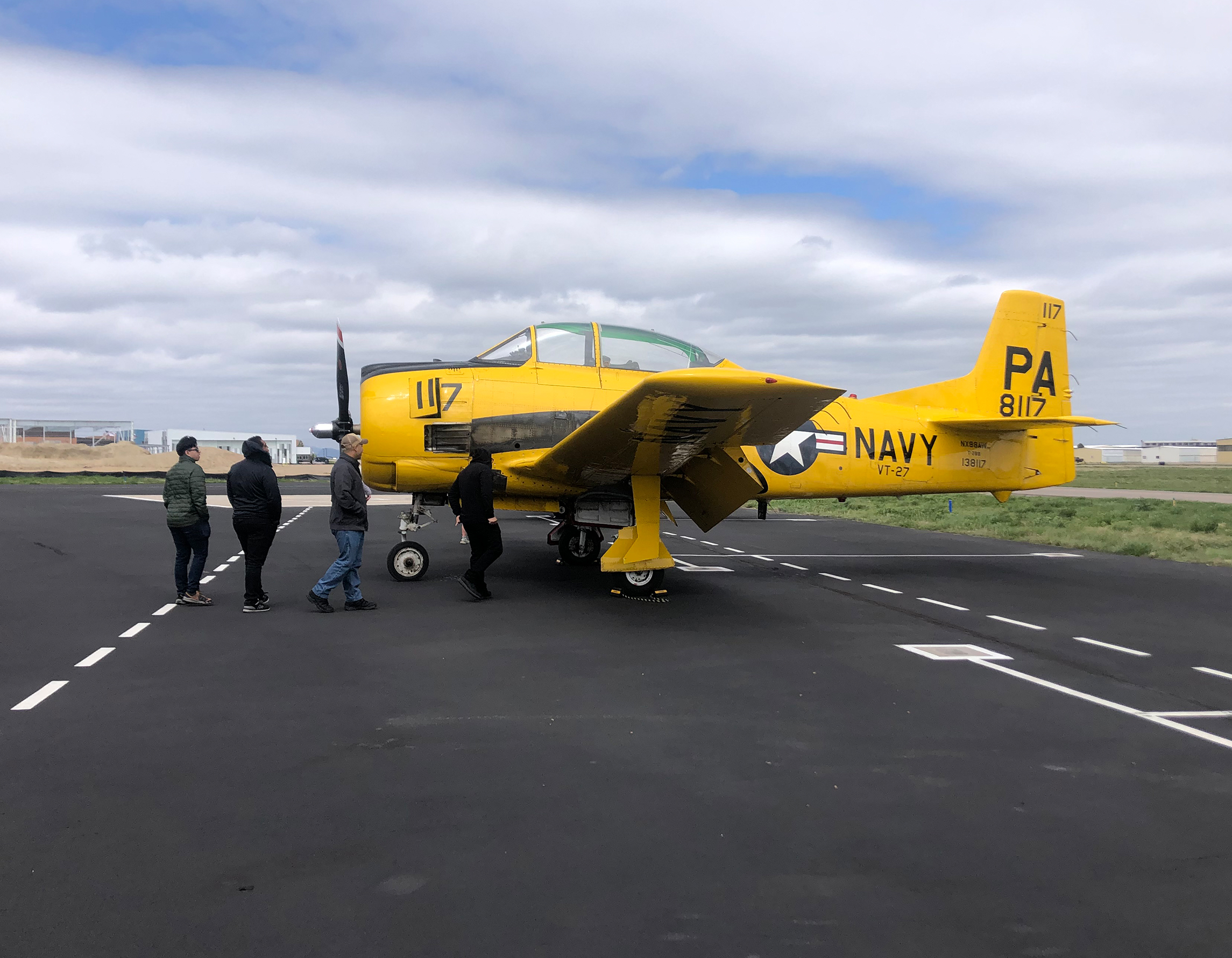
Join Wings Over the Rockies Exploration of Flight for monthly fly-ins featuring planes, pilots, speakers…
The Harrier II first flew in 1981 and joined the Marine Corps in 1985. With four exhaust nozzles that can rotate from horizontal to vertical, the Harrier can “jump” off the ground in a short take off run or can even take off and land vertically. It can carry a wide array of bombs, rockets and missiles on six underwing hard points, plus a 25mm rotary cannon with up to 300 rounds of ammunition. Fully loaded, a Harrier carries more firepower than a World War II B-17 Flying Fortress bomber!
This Harrier on display at the Air & Space Museum has seen combat in Iraq, Afghanistan, Syria and the Red Sea, and has the 3rd highest number of combat hours of any Harrier. It is on loan from the National Naval Aviation Museum.
The F-14 Tomcat played a leading role in the 1986 movie “Top Gun.” The Navy needed an airplane to protect its surface fleets from hostile aircraft and anti-ship missiles at long range. After a naval version of the Air Force’s F-111 fighter bomber proved was unsuitable for aircraft carrier operations, its radar and long-range AIM-54 Phoenix air intercept missile systems were transferred to an entirely new design, the F-14.
One of the most iconic symbols of the Vietnam War is the Bell UH-1 “Huey” helicopter. Hueys served throughout the conflict as troop and cargo carriers, air ambulances, and gunships with the US Army, Navy, Air Force, and Marine Corps.
The Harrier II first flew in 1981 and joined the Marine Corps in 1985. With four exhaust nozzles that can rotate from horizontal to vertical, the Harrier can “jump” off the ground in a short take off run or can even take off and land vertically. It can carry a wide array of bombs, rockets and missiles on six underwing hard points, plus a 25mm rotary cannon with up to 300 rounds of ammunition. Fully loaded, a Harrier carries more firepower than a World War II B-17 Flying Fortress bomber!
This Harrier on display at the Air & Space Museum has seen combat in Iraq, Afghanistan, Syria and the Red Sea, and has the 3rd highest number of combat hours of any Harrier. It is on loan from the National Naval Aviation Museum.
The F-14 Tomcat played a leading role in the 1986 movie “Top Gun.” The Navy needed an airplane to protect its surface fleets from hostile aircraft and anti-ship missiles at long range. After a naval version of the Air Force’s F-111 fighter bomber proved was unsuitable for aircraft carrier operations, its radar and long-range AIM-54 Phoenix air intercept missile systems were transferred to an entirely new design, the F-14.
One of the most iconic symbols of the Vietnam War is the Bell UH-1 “Huey” helicopter. Hueys served throughout the conflict as troop and cargo carriers, air ambulances, and gunships with the US Army, Navy, Air Force, and Marine Corps.
Sign up for our newsletter, and stay up to date with all of the latest exhibits and events at Wings Over the Rockies.
